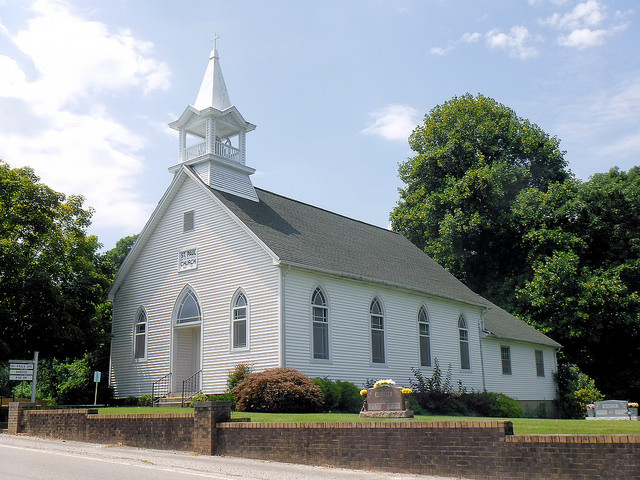
Classic social science has long thought that as societies accumulate more wealth and education, religious commitments tend to decline. But the United States always posed a troubling counterexample to this long-standing “secularization” thesis, as a very wealthy society with stronger religious commitments than others across Europe. The unique U.S. experience has encouraged researchers to think more carefully about the role of religion in society, and new sociological research is bringing this debate back into the spotlight.
In 2016, David Voas and Mark Chaves published an article arguing that the United States was no longer an exception to the old secularization theory — religiosity is on the decline here, too, but much more slowly as each new birth cohort is younger than the last. In 2017, Landon Schnabel and Sean Bock published an article building on this work, arguing that most of this decline comes from moderate religious respondents. In other words, the highly pious are remaining stable. This year, both teams published new work using the same data from the General Social Survey to see who is right. As reported in The Salt Lake Tribune, it looks like the argument continues.
The big disagreement comes down to how you view history and methods. Schnabel and Bock focus on a peak in religiosity during the Reagan era, and they show that treating this peak separately leads to flat trends in religiosity afterwards. Voas and Chaves don’t treat this time as unique, and so their analysis finds a slow decline in all kinds of religion after it occurs. The debate is important because it shows us a way forward when researchers in a field disagree — rather than just saying “it’s complicated,” we can take the time to hash out our assumptions and map out how the world really works.

Comments